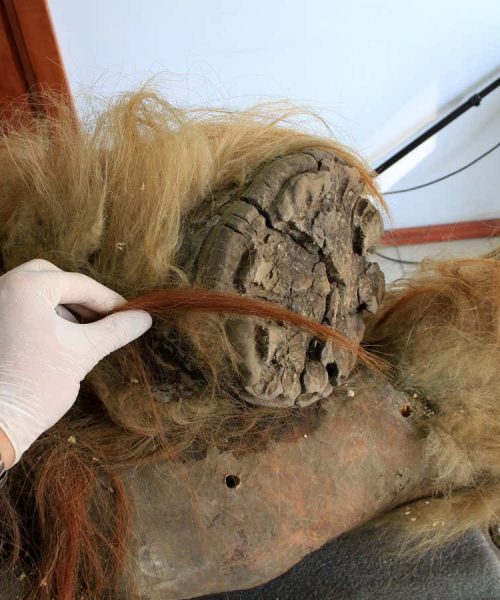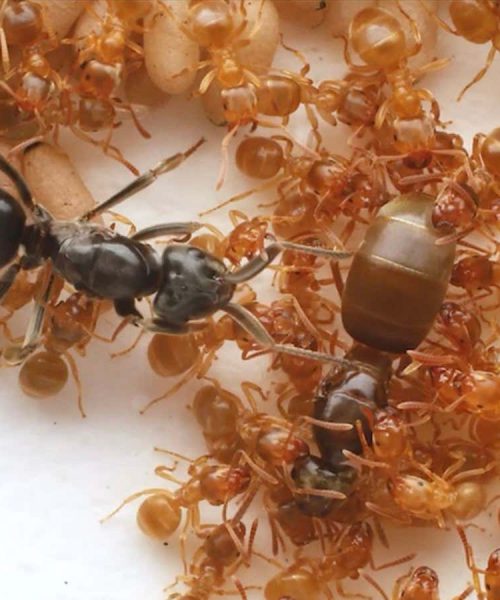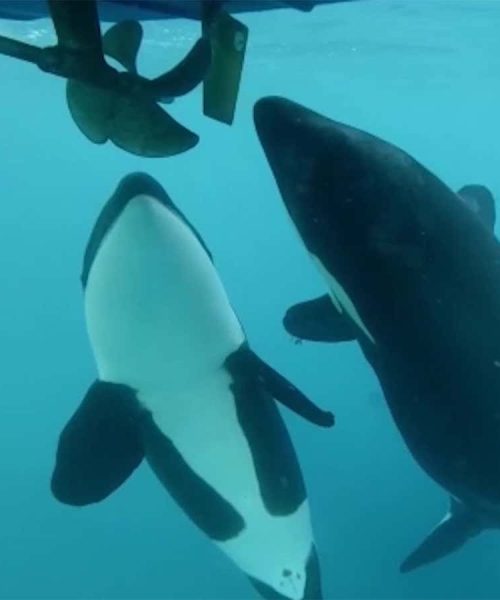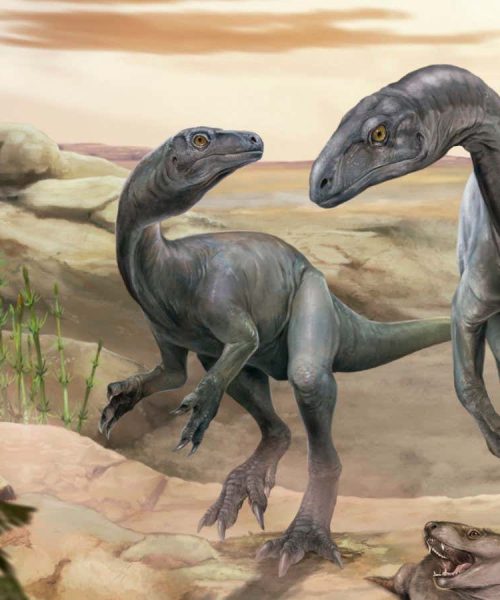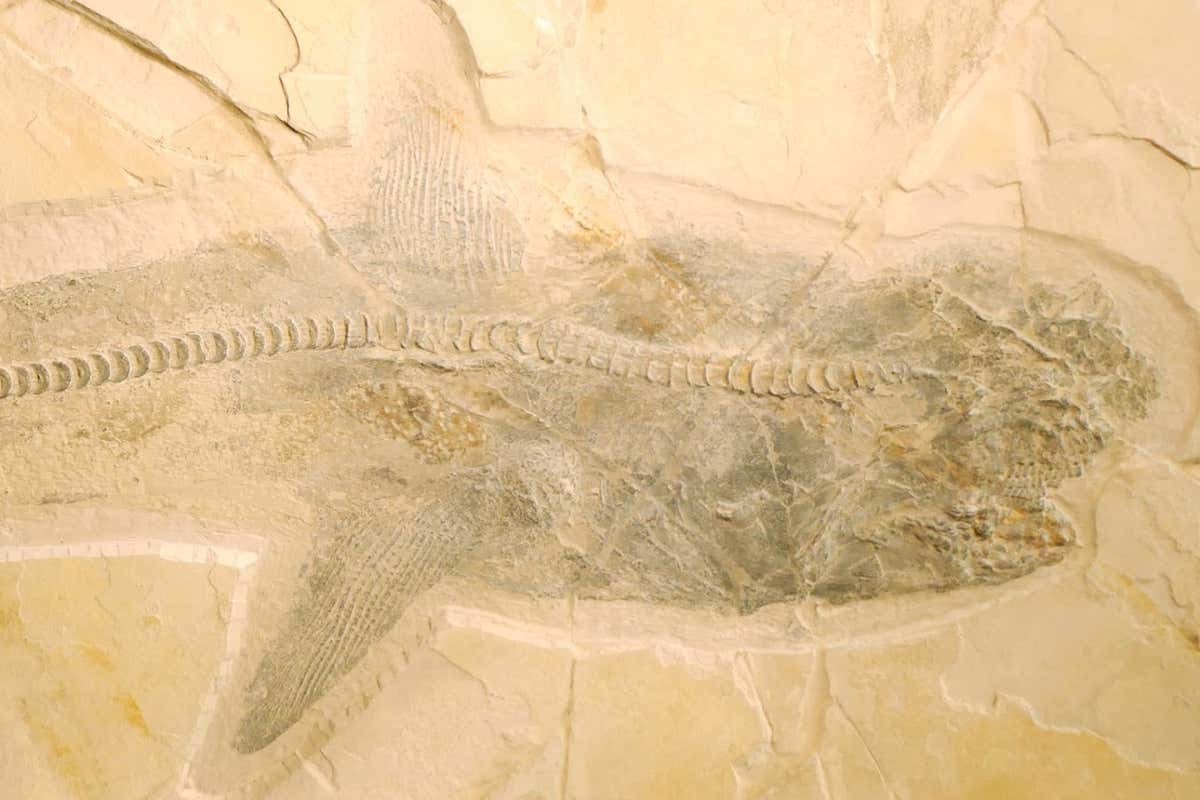
A Ptychodus shark fossil found in Mexico
Romain Vullo
Exquisitely preserved fossils of a shark that thrived during the Cretaceous period appear to solve a long-standing mystery around how it hunted and where it fits into the shark evolutionary tree.
Fossil teeth from sharks in the genus Ptychodus have made their way into museums for over 200 years, and while some members of this group clearly grew massive, the rest of their anatomy remained largely unknown.
Advertisement
This left researchers unsure about the shark’s overall appearance and feeding habits, although the broad, flat shape of the teeth suggests they were suited to crushing hard-shelled prey.
Now, Romain Vullo at the University of Rennes in France and his colleagues have reported the discovery of six spectacular, full-body Ptychodus fossils in Mexico. They reveal that this shark belonged to the Lamniformes, a group encompassing many modern shark species, ranging from great whites to basking sharks.
This is intriguing because, regardless of their diet, lamniform sharks tend to be highly active predators that hunt in open water, unlike any shell-crushing, or durophagous, organism alive today.
“The particularity of Ptychodus is that it is so far the only known open-water, fast-swimming shark with a durophagous diet,” says Vullo. “This suggests that ptychodontids preyed on well-armoured pelagic [open-water] organisms, such as large ammonites and sea turtles.”
While the individuals they studied are small, at under 3 metres, the researchers estimate from tooth size that some members of the genus reached around 9.7 metres in length. This is roughly double the length of great whites – the females tend to be larger and generally measure between 4.6 and 4.9 metres.
For a time during the Cretaceous, Ptychodus sharks were really numerous, and are likely to have been key players in marine food chains, says Charles Underwood at Birkbeck, University of London, yet we knew next to nothing about them until now. “It’s almost the last jigsaw piece in putting together Cretaceous ecosystems,” he says.
Based on their size and feeding habits, it is possible that Ptychodus species were in competition with large marine reptiles, which also developed crushing dentition during the late Cretaceous, says Underwood. This may help explain why Ptychodus sharks appear to have died out some time before the end-Cretaceous extinction event that wiped out the non-avian dinosaurs, he says.
Topics:

